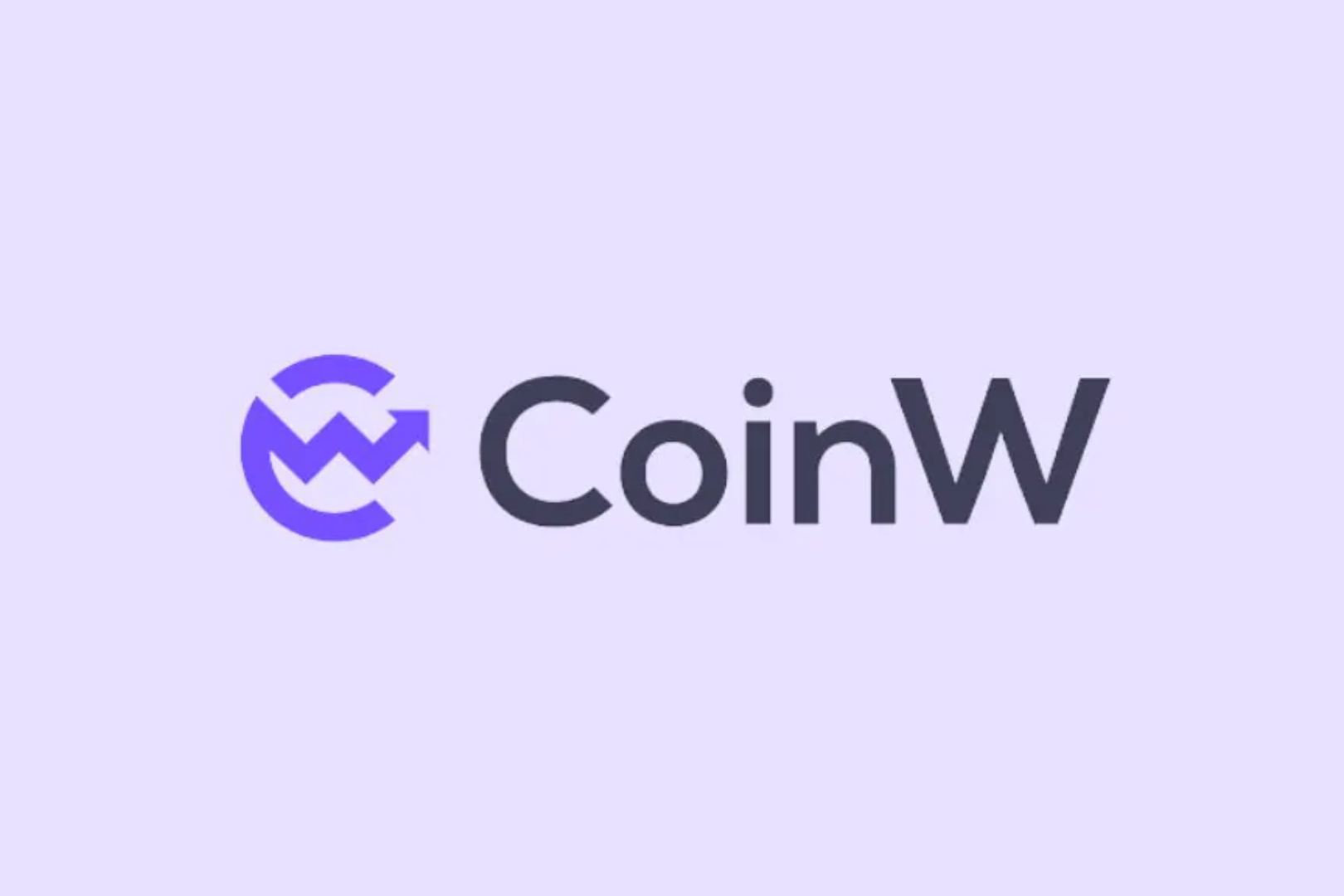
The biggest story in the blockchain space this year has been the incredible growth of decentralized finance (DeFi). You can measure the exponential growth by the fact that on January 1, 2020, the total USD value locked in DeFi was $690.9 million, and now - at the time of writing this article - has ballooned to a staggering $11.73 billion ——In September alone, the value tripled compared to the previous month.
For those new to it, DeFi refers to the use of blockchain, cryptocurrencies, and smart contracts to provide financial accessibility & inclusion for those who are locked out of the current system due to geographic, economic, and financial barriers. DeFi platforms are decentralized applications (dApps) built on smart contract-enabled blockchains — primarily the Ethereum network.
Blockchain analytics firm Chainalysis has looked at the astronomical growth in this space in 2020. Below are a few charts that provide a visual overview of how the DeFi market has developed this year.
image description
secondary title
image description
figure 2 -Chainalysis Insights
secondary title
image description
image 3 -Chainalysis Insights
secondary title
image description
Figure 4----Chainalysis Insights
While the previous three figures highlighted the massive growth of DeFi, this last figure is equally troubling, but perhaps unsurprising. While the value of stolen and defrauded funds peaked in October, the proportion of illicit transactions was only 0.05%. The sharp drop in percentages from its peak of 1.00% in May can be attributed to the fact that the overall market has grown a lot since then. Viewed in this light, 0.05% is a rather small number if compared to 1.1% of the total cryptocurrency transaction volume received or sent by addresses associated with illicit activity.
Unlike centralized financial institutions in the traditional financial system, DeFi platforms are, at least in theory, governed by self-executing code, and they generally do not control users' funds at any time. They are routed between wallets according to the underlying protocol of the platform.
While DeFi platforms do not function like traditional money service businesses, and may not fall under current regulatory & compliance requirements - unresolved issues such as auditing of platform code, liability for financial crimes & other vulnerabilities remain.
Right now, there aren’t many clear rules on this, the industry continues to grow and expand, and the future of finance is here.




